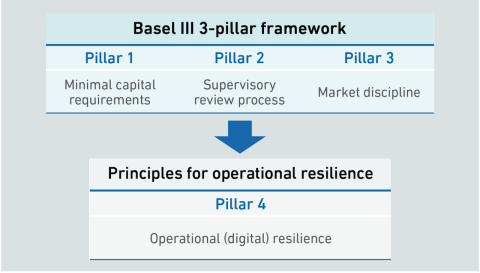Attitudes to critical infrastructure regulation vary across the world, with the regulators and the regulated mostly agreeing about the goal, role and application of new rules. The US, however, remains an outlier.
filters
Explore All Topics
Few operators compile and report the primary operational data needed to create effective sustainability programs and fulfill regulatory requirements, Uptime research suggests.
This Q&A brings together questions and answers from a webinar on the transactions per megawatt hour metric. Topics include power management, server refresh and sustainability, GHG emissions, IT metrics and utilization rates.
Improving data center infrastructure energy efficiency is vital in helping organizations contain costs and carbon emissions that result from IT growth. This report compares seven projects using a data- and experience-based model.
Reserved instances are a pricing model for virtual machines offered by cloud providers. As they offer savings of up to 70% compared with on-demand pricing, organizations should use them liberally, especially in challenging times.
Key findings from the Uptime Institute Edge Data Center Survey 2023 reveal how edge is becoming more important in hybrid infrastructure strategies.
This session covers common digital infrastructure sustainability myths, misunderstandings, and poorly understood areas, and provides advise on building better sustainability strategies.
Regulatory concerns over security, resiliency and energy use have led to a wave of new and updated requirements for data centers. Organizations are beginning to invest more to achieve compliance.
Uptime has delivered assessments of data center operations for over a decade. In this session, we present what we've learned and how those lessons can be applied to stabilize your organization in the face of climate and macroeconomic challenges.
With ever-increasing critical digital workloads being processed and stored by third parties, regulators are extending their oversight to reach deeper into the digital supply chain in the financial system.
Industry average PUE has not improved consistently for some years now, according to Uptime Institute's annual survey. However, the headline number may be masking underlying dynamics of meaningful improvements.
Two persistent trends in data center staffing are in apparent tension. The 2023 Uptime Institute Global Data Center Survey confirmed, once again, that operations teams are struggling to attract and retain qualified staff. The severity of this…
As part of the Uptime Institute Global Data Center Survey 2023, data center equipment vendors and consultants were asked about customer spending, supply chains and DCIM adoption. This report highlights the key findings.
The key benefit of cloud computing lies in its on-demand pricing model. This enables organizations to grow or shrink their applications at will without giving the cloud provider any advance notification. Cloud providers can only offer such…
Recent publication of the EU Energy Efficiency Directive Task B and C reports clarify most of the data reporting requirements and set out the preferred policy options for assessing data center energy performance.
 Andy Lawrence
Andy Lawrence

 Lenny Simon
Lenny Simon

 Jay Dietrich
Jay Dietrich

 Dr. Tomas Rahkonen
Dr. Tomas Rahkonen

 Dr. Owen Rogers
Dr. Owen Rogers

 Douglas Donnellan
Douglas Donnellan



 Matt Stansberry
Matt Stansberry

 Adam Page
Adam Page

 Daniel Bizo
Daniel Bizo

 Jacqueline Davis
Jacqueline Davis



